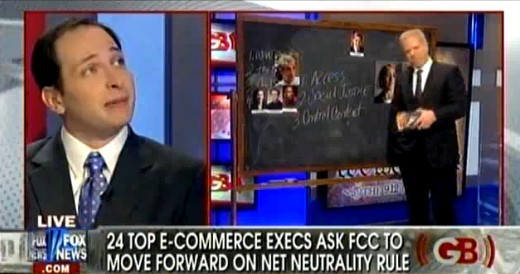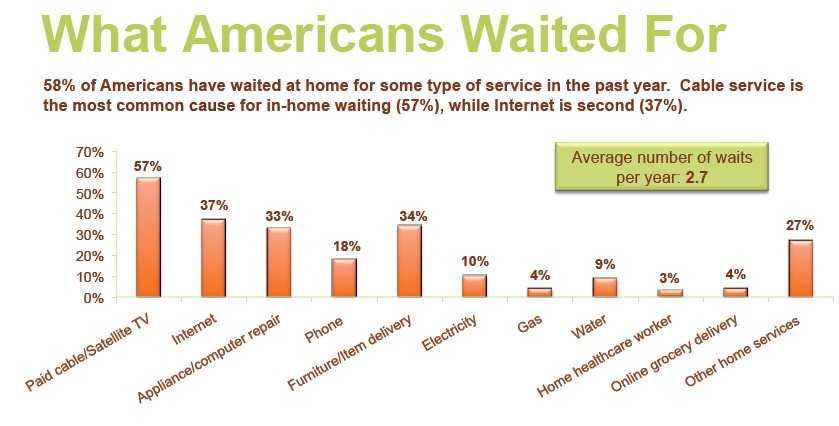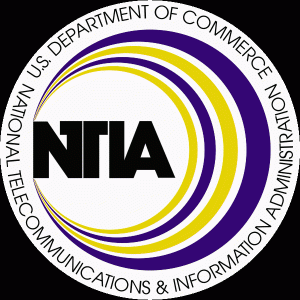
This dollar-a-holler astroturf effort failed to impress Longmont voters, who turned back a Comcast-funded opposition campaign to open up the city's fiber network.
Longmont, Col. residents turned their backs on a Comcast-funded campaign to block the opening of the city’s 17-mile fiber loop to competing broadband providers in a strong vote of approval.
As of early this morning, 60.8% of voters approved Ballot Question 2A. Just 39.2% opposed the measure.
Longmont’s fiber network, built in 1997 and paid for by the Platte River Power Authority, has heretofore been off-limits to the public. Colorado’s 2005 corporate welfare laws guarantee that taxpayer or ratepayer-funded broadband networks are kept away from the public that paid for them, for the protection of companies like Comcast and CenturyLink.
This results in the construction of showcase institutional fiber optic networks open to government, public safety, hospitals, and libraries… and practically nobody else. Once built, institutional networks often go underutilized. In Longmont, at least two-thirds of the city’s fiber optic network still goes unused 15 years after it was built.
The city government hoped to open the fiber network in time to bolster their application to Google to construct a gigabit network for residential and business customers, but after Google selected Kansas City for its fiber project, Longmont wants to keep its options open. Passing the ballot question does exactly that.
“I’m glad to see 2A won,” Mayor Bryan Baum told the Times-Call. “I think it shows that money isn’t the determinator.”
Longmont voters were subjected to one of the most expensive pushback campaigns they’ve ever seen, thanks to Comcast, who spent $300,000 and counting to get the public to turn against the fiber network ballot question.
George Merritt, a spokesman for the cable-funded group Look Before We Leap, claims the vote results show “the measure’s narrow margin of victory.” Merritt’s group relied heavily on a highly-suspect 2006 case study by University of Denver professor Ron Rizzuto that claimed 80 percent of community-owned Wi-Fi broadband networks failed to make money. But the group didn’t make any distinction between Wi-Fi and fiber optics, and more importantly they left out the fact Rizzuto was inducted into the Cable TV Pioneers in 2004 for service to the cable industry. Rizutto’s “study” was a classic case of dollar-a-holler research on behalf of the New Millennium Research Council, a creature of the telecommunications industry.

New Millennium Research Council -> Issue Dynamics -> Comcast
In fact, the Council is a “project” of Issue Dynamics, Inc., a for-profit, high powered Washington lobbying firm. Issue Dynamics’ client list includes Verizon, Comcast, AT&T and the United States Telecom Association – the trade association for the telecom industry. The direct relationship between Rizzuto’s findings, and cable companies like Comcast who paid for the research, never made it into the report (or onto the group’s website).
This is the second time Longmont voters have cast ballots on the issue of the city’s fiber optic network.
In 2009, voters faced another cable industry-funded astroturf effort, with $245,000 spent to successfully defeat a similar measure. This time, thanks in part to public exposure of the companies pulling the strings behind the astroturf campaign, voters rejected the propaganda onslaught and passed the measure. Cable bills have also increased several times since the 2009 measure, a reminder to the public why competition can make a real difference.
With the passage of 2A, the city can choose to leave the network exactly as it is today or partner with another provider to offer services to the public. It’s now their choice, not Comcast’s.


 Subscribe
Subscribe








